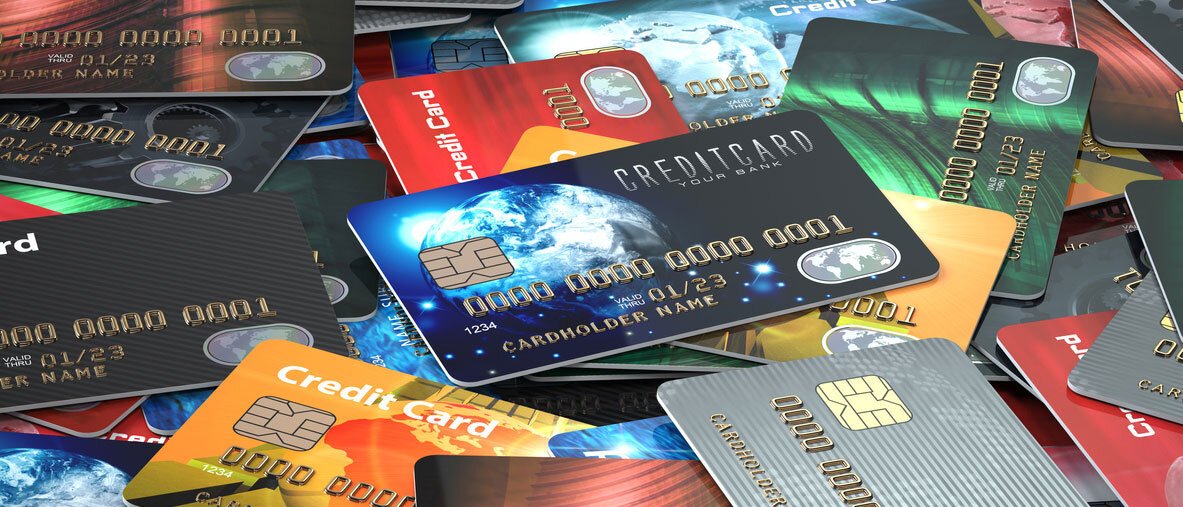In today’s digital world, credit card fraud has become a global menace. Fraud rings operating across borders use sophisticated tactics to steal personal and financial data, leaving millions of victims worldwide. In this article, we explore the inner workings of international credit card fraud rings, provide key signs to help you spot a scam, and offer essential online security measures to protect your finances.
Understanding International Credit Card Fraud Rings
What Are They?
International credit card fraud rings are organized criminal networks that use advanced technologies and social engineering techniques to steal credit card details and personally identifiable information (PII). These fraudsters operate across multiple countries and typically collaborate using online forums and dark web marketplaces. Their operations can involve:
- Data Skimming: Installing devices on ATMs and point-of-sale (POS) systems to capture card data.
- Phishing and Malware Attacks: Creating fake websites and emails to trick victims into providing sensitive details.
- Credential Stuffing and Identity Theft: Using stolen identities to open fraudulent accounts and boost credit profiles.
- Global Money Laundering: Using cryptocurrencies or Western Union transfers to quickly move ill-gotten gains.
(Learn more about how these fraud syndicates operate through in-depth research published by cybercrime experts and investigative agencies.)
How International Fraud Rings Operate
Division of Labor and Crime Process
These fraud rings are structured like businesses with clear roles:
- Skimmers and Data Collectors: Install devices on POS terminals or ATMs to intercept data.
- Data Traffickers: Compile and sell stolen credit card information on underground forums.
- Fraudsters and Money Mules: Use stolen data to make unauthorized purchases or withdraw cash.
- Facilitators: Provide tutorials and technical support to help less-experienced criminals bypass security measures.
The process usually follows these steps:
- Data Acquisition: Devices or phishing campaigns capture credit card numbers, CVV codes, and PII.
- Data Processing: Stolen data is “pumped up” using false credit profiles, sometimes through fake identities.
- Monetization: Fraudsters use or resell the data to commit unauthorized transactions, often conducting multiple small purchases to avoid detection.
(This multi-layered operation has been documented in several investigative reports and case studies.)
How to Spot International Credit Card Fraud Scams
Red Flags and Warning Signs
Whether you’re shopping online or using your card at a physical location, there are several indicators that a scam might be in play:
- Unexpected Urgency: Scammers create a sense of urgency—for example, threatening immediate account suspension or claiming your payment has failed.
- Poor Spelling and Grammar: Fraudulent emails or text messages often contain errors or awkward phrasing.
- Unusual Requests: Legitimate companies will never ask for your PIN, full credit card number, or personal passwords via email or phone.
- Suspicious Caller IDs: Fraudsters may spoof official numbers. If you receive an unexpected call claiming to be from your bank, hang up and call the bank directly using a number from your card or the official website.
- Inconsistent Website URLs: Check for “https://” and a padlock icon in your browser’s address bar. A mismatched URL or missing security symbols is a warning sign.
(For more tips on spotting scams, consumer watchdogs and financial institutions regularly publish guidelines.)
Essential Measures to Protect Yourself Online
Strengthen Your Digital Security
Taking proactive steps can dramatically reduce the risk of falling victim to international credit card fraud:
- Monitor Your Accounts Regularly: Review bank and credit card statements monthly. Set up real-time alerts for large or foreign transactions.
- Use Strong, Unique Passwords: Avoid reusing passwords across sites. Consider using a reputable password manager.
- Enable Multi-Factor Authentication (MFA): MFA adds an extra security layer, making it harder for fraudsters to access your accounts.
- Secure Your Devices: Install reputable antivirus software, update your operating system and applications regularly, and use a secure VPN when on public Wi-Fi.
- Verify Website Authenticity: Before entering payment details online, check that the website is secure (look for HTTPS and a padlock symbol) and review its reputation through customer reviews and trusted sources.
Best Practices for Online Users
- Be Skeptical of Unsolicited Communications: Whether it’s an email, text, or phone call, verify its legitimacy by contacting the company directly.
- Educate Yourself on Common Scam Tactics: Familiarize yourself with the latest fraud trends and scams—many financial institutions and consumer protection agencies offer free resources.
- Protect Your Personal Information: Only share sensitive data on secure platforms. Be cautious about oversharing on social media, as fraudsters can use this information to target you.
- Regularly Check Your Credit Report: Obtain your free annual credit reports from the major bureaus (Equifax, Experian, TransUnion) to spot any unauthorized accounts or changes.
- Report Suspicious Activity Immediately: If you suspect any unauthorized activity, contact your bank or credit card issuer immediately. Prompt reporting can limit financial losses and help law enforcement track down fraud rings.
(Many banks and regulatory agencies provide online tools and fraud alerts to help consumers stay safe. See resources from Equifax and the Federal Trade Commission for more details.)
Conclusion
International credit card fraud rings represent a significant threat in our increasingly digital financial world. By understanding their operations, recognizing the red flags, and adopting robust online security practices, you can protect your finances and personal data from sophisticated fraudsters. Stay vigilant, keep informed, and make use of the security tools available to minimize your risk of falling prey to these scams.
Remember: the key to thwarting fraud is knowledge and prompt action. Always verify unsolicited communications and secure your digital environment to stay one step ahead of cybercriminals.














